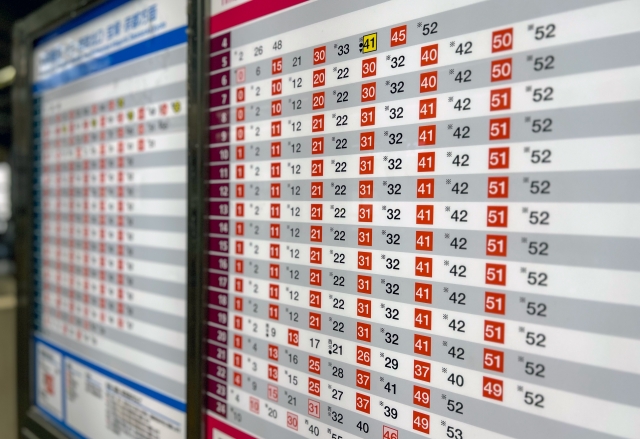There are several reasons why Japanese trains are so punctual.
- Detailed Schedule Management: Japanese railway companies set very precise schedules. For example, JR East’s Yamanote Line has a daily operation plan set down to the second. This way, passengers don’t have to stare at their watches thinking, “I can catch the train in exactly 3 minutes!”
- Advanced Technology: The Japanese railway system is supported by the latest IT technologies. For instance, the Tokaido Shinkansen uses a system called “ATC (Automatic Train Control)” which monitors and controls the position and speed of the trains in real-time. This system allows for smooth operations while preventing collisions. It’s almost like something out of a sci-fi movie!
- Thorough Training: Train drivers and conductors undergo rigorous training. For example, JR East drivers repeatedly practice emergency responses and delay avoidance methods using simulators. They also conduct on-the-job training to hone their skills in situations close to actual operations. These drivers are truly “professionals of the railway.”
- Passenger Cooperation: Japanese passengers have a high awareness of train punctuality. For example, during rush hour, passengers line up and board in an orderly fashion, aiming for smooth boarding and alighting. This shortens the stopping time and allows the trains to run on time. Everyone is working together in this “battle against time.”
- Cultural Emphasis on Time: In Japan, punctuality is considered socially important, and trains are expected to meet this standard. For instance, when a train is late, a “delay certificate” is issued, highlighting the strong emphasis on time. Perhaps, the Japanese are “magicians of time.”

